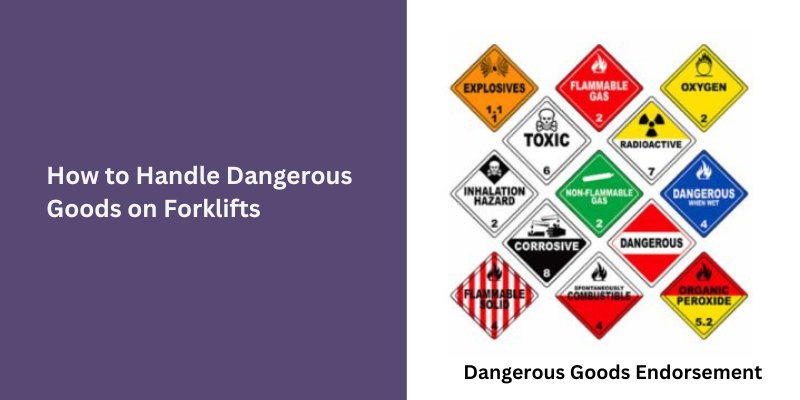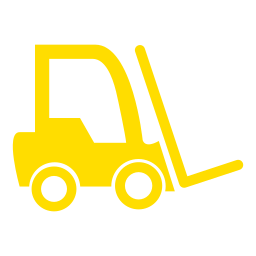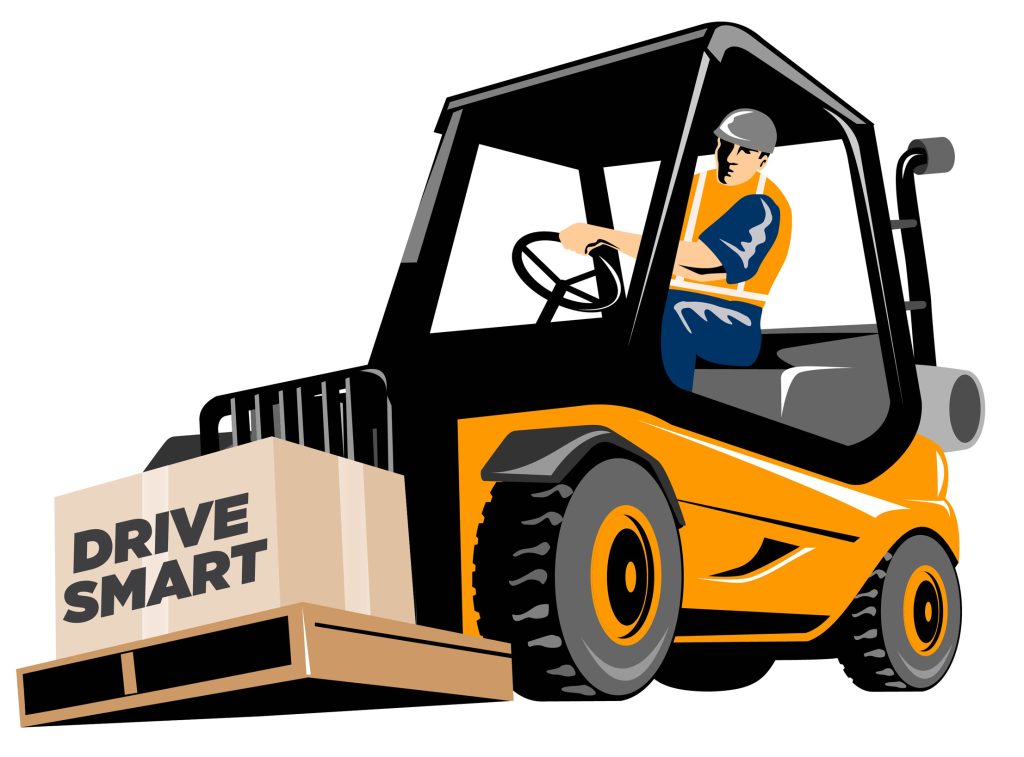Handling dangerous goods on forklifts requires a lot of caution and attention to detail. Ensuring that the forklift operator is trained and qualified to handle dangerous goods safely is crucial. One of the ways to achieve this is through a Dangerous Goods Endorsement course.
A Dangerous Goods Endorsement course is a training program designed to educate forklift operators on how to handle hazardous materials safely. This course provides the necessary knowledge and skills to operate a forklift in compliance with the regulations set forth by the Occupational Safety and Health Administration (OSHA) and the Department of Transportation (DOT).
Here are some of the important things to keep in mind when handling dangerous goods on forklifts:
Know the regulations:
The first step in handling dangerous goods on forklifts is understanding the regulations that apply to your situation. Depending on the type of goods you are handling, specific regulations may apply. It is crucial to be aware of these regulations and comply with them to avoid any fines or penalties.
For example, if you are handling hazardous materials, you must comply with the DOT’s Hazardous Materials Regulations (HMR). This regulation outlines the specific requirements for handling, packaging, and labelling hazardous materials.

Identify the Hazards:
The first step in handling dangerous goods on forklifts is understanding the regulations that apply to your situation. Depending on the type of goods you are handling, specific regulations may apply. It is crucial to be aware of these regulations and comply with them to avoid any fines or penalties.
For example, if you are handling hazardous materials, you must comply with the DOT’s Hazardous Materials Regulations (HMR). This regulation outlines the specific requirements for handling, packaging, and labelling hazardous materials.
Proper packaging and labelling:
Proper packaging and labelling of dangerous goods are critical to ensuring their safe handling. It is essential to use appropriate packaging that is designed to withstand the hazards of the materials being transported. The packaging must also be appropriately labeled, indicating the type of material being transported and any associated hazards.
It is very important to ensure that the packaging is secured properly on the forklift to prevent any spills or accidents during transportation.
Proper storage:
Proper storage of dangerous goods is crucial to preventing accidents and ensuring their safe handling. When storing dangerous goods on forklifts, it is important to follow the guidelines set forth by the regulations.
This includes storing the materials in a designated area that is properly ventilated and free from any potential hazards. It is also essential to ensure that the materials are stored in a way that prevents any spills or accidents.
Proper handling:
Handling dangerous goods on forklifts is critical to ensuring safe transportation. Ensuring that the forklift operator is trained and qualified to handle dangerous goods safely is essential.
This includes using the appropriate equipment, such as gloves and protective clothing, and following the proper procedures for loading and unloading the materials. The operator must also be aware of any potential hazards and take the necessary precautions to mitigate them.
Emergency Preparedness:
In an emergency, it is important to be prepared to respond quickly and effectively. This includes having the necessary equipment and supplies, such as spill kits and fire extinguishers.
It is also important to have an emergency response plan outlining the procedures for responding to different types of emergencies. This plan should be communicated to all employees and regularly reviewed to ensure its effectiveness.
The Importance of a Dangerous Goods Endorsement Course:
The course covers the following topics:
- Understanding the hazards of dangerous goods
- Proper labelling and marking of dangerous goods
- Handling and storage of dangerous goods
- Emergency response procedures
- Compliance with regulations
Completing a Dangerous Goods Endorsement course ensures that the operator knows the potential hazards of dangerous goods and is equipped with the knowledge and skills necessary to handle them safely.
Conclusion:
In conclusion, handling dangerous goods on forklifts requires special precautions to ensure safety. These precautions include completing a Dangerous Goods Endorsement course, properly labelling the goods, using the appropriate equipment, and following proper storage and handling procedures.
Completing a Dangerous Goods Endorsement course is essential for anyone involved in transporting dangerous goods. The course provides the knowledge and skills necessary to handle these goods safely and ensures compliance with regulations.
Safety should always be the top priority when handling dangerous goods on forklifts. So, if you still need to complete a Dangerous Goods Endorsement course, now is the time.




